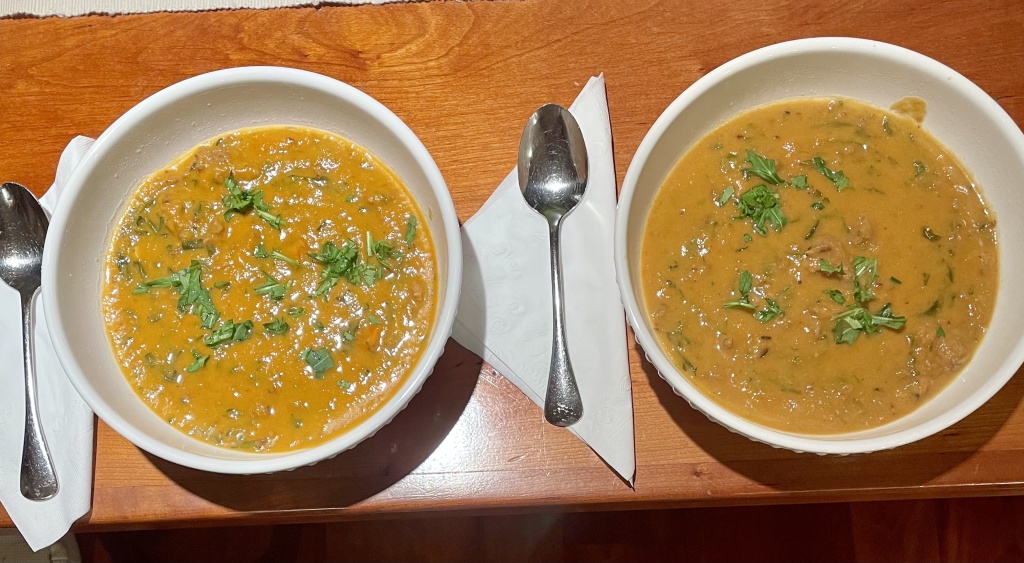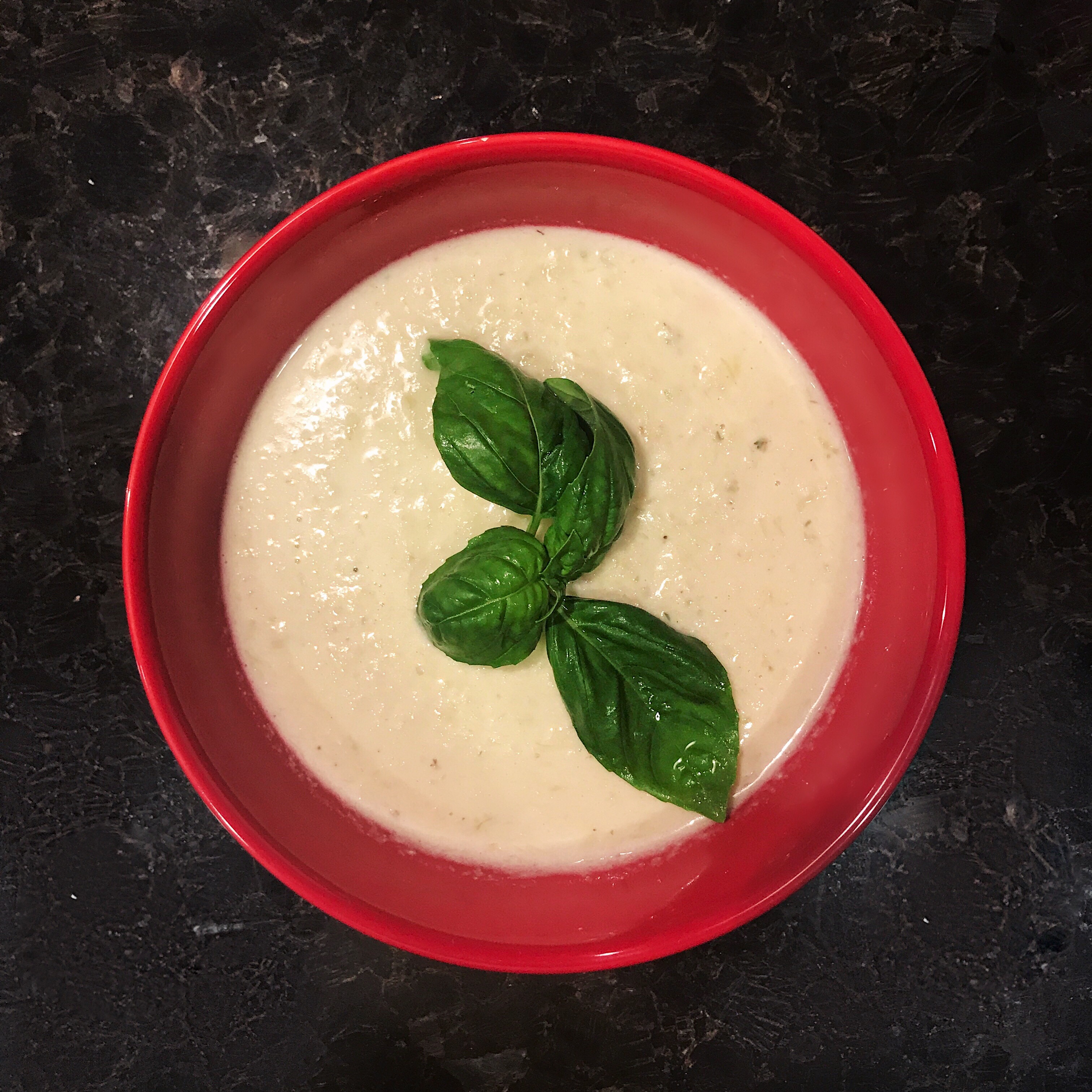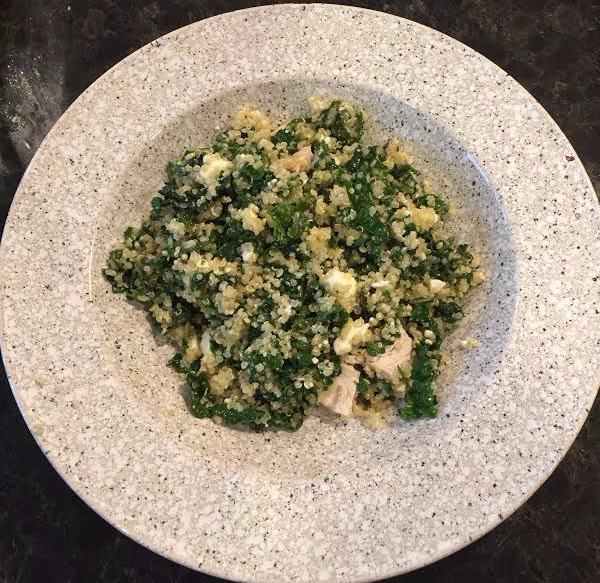Eating organic food is more expensive and at first, the sticker shock can be painful. However, once you get used to it, and once you know how unhealthy “conventional” food can be, it is impossible to go back. There are lots of ways to eat organically, while saving a small amount of money, which can lead to significant savings over time.
Two of my favorite things to do, and to tell others to do, are to make lots of soup and to decrease portion sizes of meat. However, when choosing meat, it is important to select the best quality; organic grass-fed or pasture-fed animal products.
Next, eat beans! They are filled with fiber to satisfy hunger and keep you full for hours, protein, and carbs for energy. They also add small amounts of calcium, iron, B vitamins, folate, phosphorus, magnesium, and zinc to your diet. Dried beans should be organic, because they are one of the foods that the EPA allows to be sprayed with glyphosate, for quicker drying and ripening. Unfortunately, glyphosate was recently classified as a “probable carcinogen” by the World Health Organization. The healthiest way to eat beans is to soak them; it removes phytic acid – an anti-nutrient (Source).
Buy what’s in season, and locally available. Usually less expensive, local foods are a smarter and cheaper choice because they don’t need to be transported from far away. If this intrigues you, read the book called Animal Vegetable Miracle by Barbara Kingsolver. It’s a true story about a family that lives off the land for a year. Great read!
You can also join a CSA. Here’s how to find one near you.
Make a rule in your house: If you want a treat, you have to make it yourself! Have all the ingredients in your house ready to make desserts. Benefit: Your children will learn how to cook and bake. There are so many wonderful recipes to discover. And almost any recipe can be transformed into a healthy one by buying organic ingredients and cutting the sugar by 1/3. If you replace the fat called for in the recipe with coconut oil, you can use ¼ less than what the original recipe calls for. (So if the recipe calls for a cup of oil, use ¾ of a cup of coconut oil.)
Also, I would recommend growing herbs in pots on a windowsill or deck. Save them, dry them out in a dehydrator or convection oven and you can use them all year long.
It is also helpful to set a budget and plan meals each week. You will only buy the ingredients you need and eliminate the desire to buy extras or go out to eat. (This takes so much discipline!) Recommended book to help you do this: Wildly Affordable Organic, by Linda Watson.
This delivery service brings bulk items to you once per month. It’s like a delivery from Whole Foods except at a much lower cost!
This website will help you find an organic farm that produces meat, dairy, and eggs the way nature intended. Expensive meat can be stretched by making a stir-fry, instead of serving a portion of meat on each plate with vegetables on the side.
You don’t need to be completely organic! Know what foods are GMO, what common foods are sprayed with glyphosate, and which are heavily sprayed with pesticides and will absorb a lot of those chemicals
Some foods allowed to be sprayed with glyphosate include: oats, wheat, dried beans, sugar cane, and tea.
See www.ewg.org for a list of the dirty dozen and the clean 15.
Join your favorite company’s social media pages for special coupons and deals. Also, remember that most stores take each other’s coupons, so make sure to ask.
Did you know you can freeze butter? When it is on sale, buy and freeze it until needed. Favorite: Organic Pastures Grass Fed Butter.
Double or triple recipes when cooking and freeze meals for the future. Use glass, not plastic.
Grind up bread ends in a blender and freeze to use for bread crumbs when called for in a recipe.
Be a vegetarian for breakfast and lunch, and feel entitled to spend more on the best quality animal products for dinner.
Use a whole chicken instead of buying parts separately. NEVER throw the carcass away. Put it in a pot or crock pot and make bone broth; a truly medicinal food.
Pre-washed foods cost more and need to be washed anyway!
Be the last one to leave the farmer’s market; they often lower prices at the end, so that they don’t have to bring things back to the farm.
Look the farmer in the eye and ask about their spraying practices and use of GMO seeds. Some farmers don’t use pesticides or grow GMOs, but also don’t seek the USDA label because it is so expensive. The paperwork and bureaucracy required to use the label aren’t worth it to many farmers. As long as you are satisfied with the farmer’s answer, you can buy produce that is not labeled organic.
Grow your own food! It doesn’t matter how little property you have Here is a guide to help you get started.
Bring your own food while traveling. (You can check a cooler!)
Keep organic tea bags in your wallet and ask for hot water when traveling, instead of buying a cup of tea for $4-$6.
When you buy berries, soak them in water with a little vinegar. It removes the mold spores and the berries will last much longer.
Line refrigerator drawers with paper towels to absorb moisture, so produce will last longer.
Save the pulp from juicing to put into soups and stews.
Splurge on the best quality coffee and tea and make it yourself in the morning. Sometimes you can find great options at Marshalls and TJ Maxx!
We own several Zero Water Filters – approximately $30 on Amazon or at Target. This filter is an inexpensive way to get the bleach, arsenic, lawn pesticides and fluoride out of your water. (They don’t market it as an effective way to remove fluoride, but if you call the company, they will tell you that it removes 95% of it).
Coupons can be found here:
http://www.mambosprouts.com/
http://www.stonyfield.com/user/register
http://frugalliving.about.com/od/foodsavings/tp/Organic_Coupons.htm
www.wholefoodsmarket.com
www.earthfare.com
http://www.retailmenot.com/
Some options for online shopping:
Thrive Market
The Green Polka Dot Box
Amazon Fresh
Vitacost
While many think that eating healthfully and organically is beyond their means, it is quite possible with a little extra effort. If you follow these suggestions, and take the process slowly; eventually it will become second nature.




